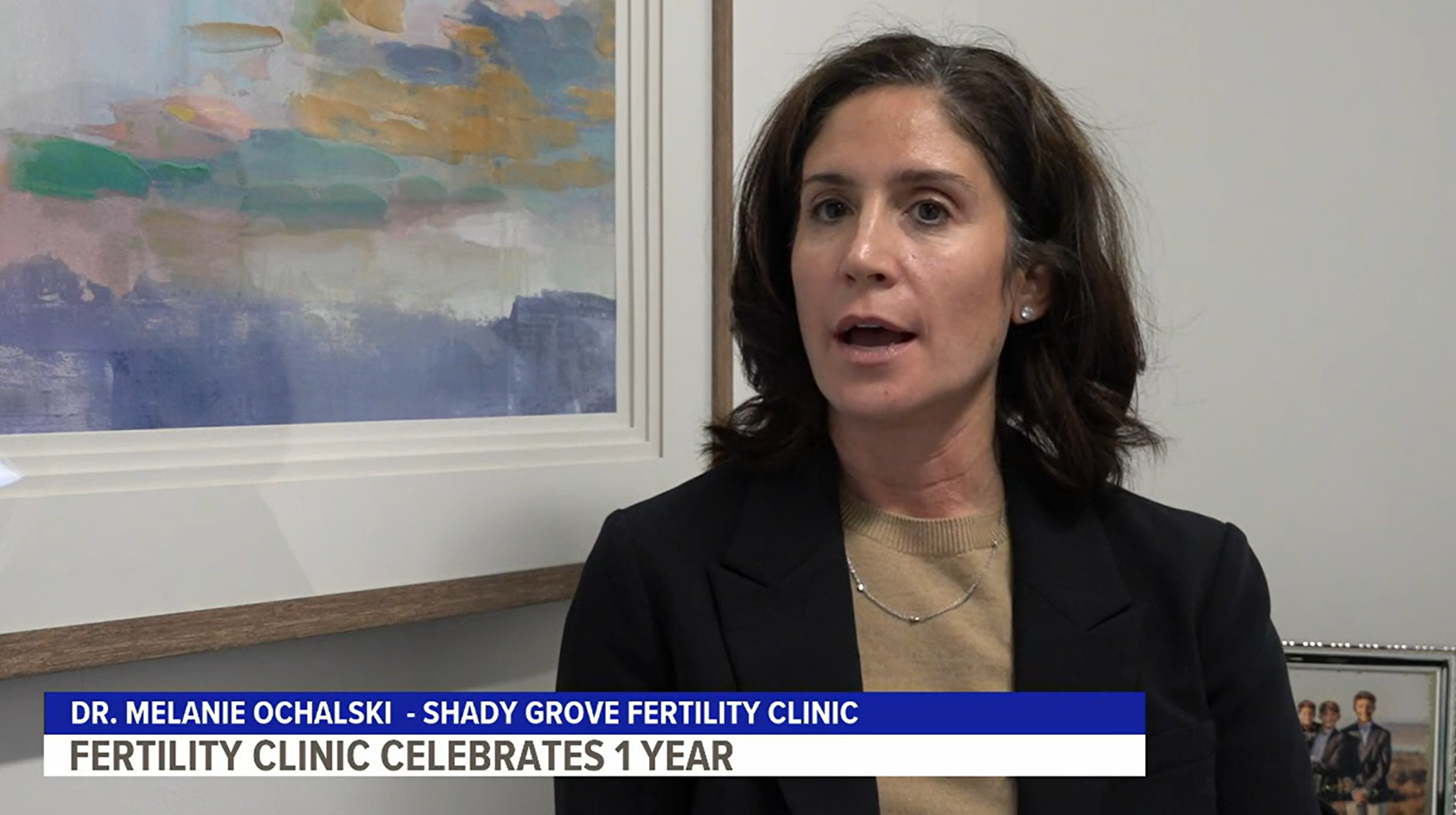Step Five: Embryo Transfer
The embryo transfer is a simple procedure that takes about 5 minutes to complete. There’s no anesthesia or recovery time needed following an embryo transfer. This experience will be similar to the mock embryo transfer performed prior to starting the cycle.
When your embryo transfer is scheduled, your nurse will notify you, and provide specific instructions on when to arrive and how to prepare.
How many embryos will be transferred?
The morning of the transfer, the embryologist will make a final assessment of your embryos and provide a recommendation on the number to be transferred. These recommendations are based on overall embryo quality and the age of the embryo, which will ideally be at day 5 or 6. The doctor will use the information provided by the embryologist and other factors related to your case, such as your age and history with previous treatments, to make his/her recommendation.
When patients meet a specific criteria, often times physicians will suggest elective single embryo transfer (eSET). As the name suggests, eSET is the transfer of a single embryo, despite having many available. Transferring one high-quality embryo is found to reduce the risk of multiples while maintaining a similar chance of pregnancy. Patient criteria for eSET includes:
- The female partner is age 37 or younger
- It is her first cycle of IVF or she has had a previous successful cycle of IVF
- She has a high quality blastocyst
Prior to the start of the embryo transfer, you will review your cycle with the physician and the final decision regarding the appropriate number of embryos to transfer is made, along with what to do with any remaining embryos. For the safety of the patient and baby, Shady Grove Fertility encourages singleton pregnancies.
Once the number of embryos to transfer is determined, inside the laboratory, an embryologist will verify all identifiers, such as your name, and identification number, and compare them to the embryo culture dish and corresponding egg datasheet. The transfer catheter is loaded with the appropriate number of embryos. Upon entering the transfer room, the embryologist will state your last name and the number of embryos in the catheter. A live feed of the embryology laboratory will appear on a T.V in the transfer room where the patient will see their name and patient ID to further verify identify and the embryo(s) selected for transfer.
The Embryo Transfer
During the embryo transfer, the doctor will insert the catheter and push the embryo(s) into the uterus with a small puff of air. The procedure is guided visually on a monitor with an abdominal sonogram. Once transferred, the doctor will slowly remove the catheter to eliminate or decrease any uterine contractions. Since the embryo is invisible to the naked eye, the embryologist will then check the catheter under a microscope to make sure the embryo was released.
Following the embryo transfer, you will be asked to lie still for 5 minutes. Finally, you’ll be given instructions for the next 2 weeks until it’s time for the pregnancy test.





